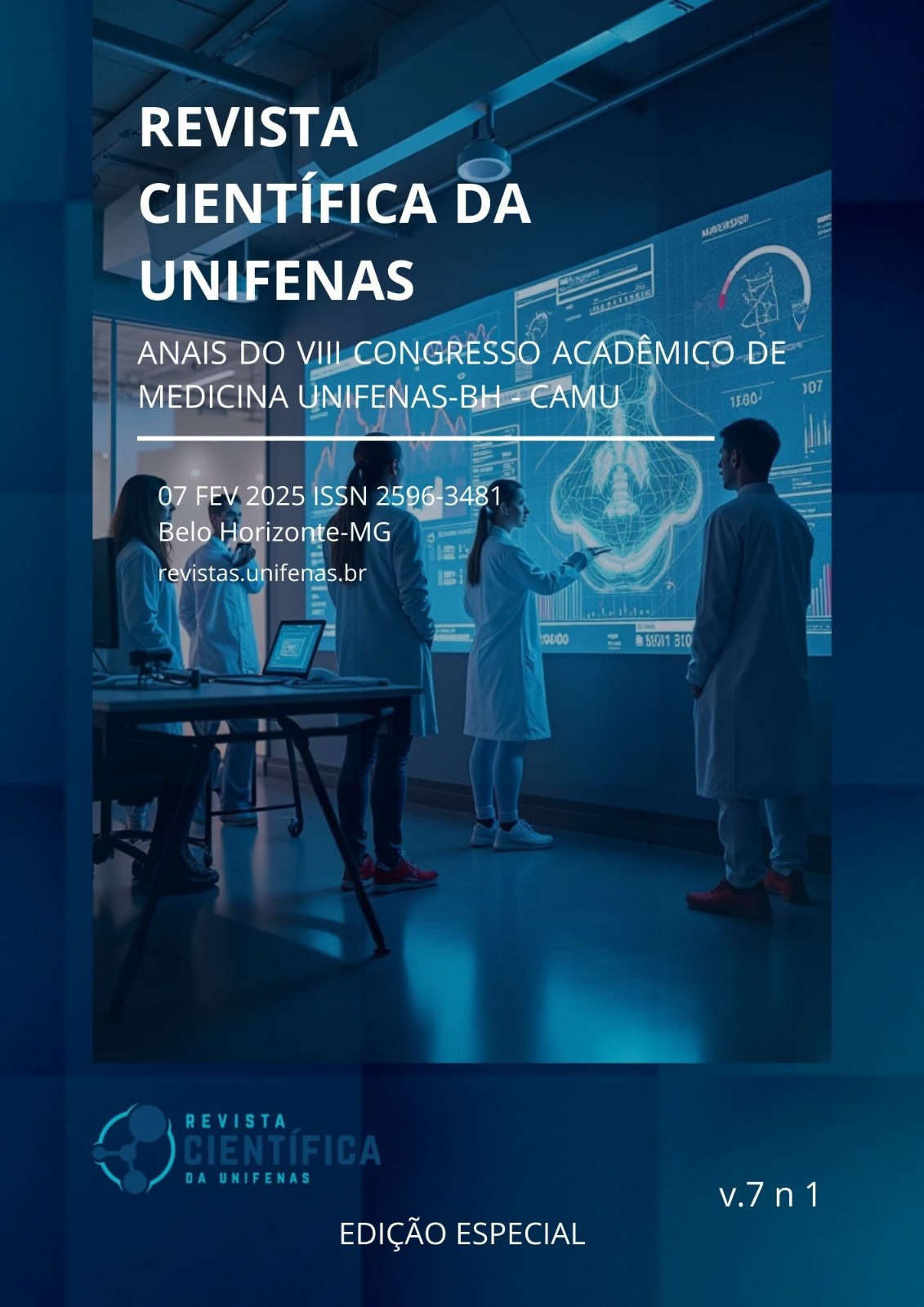Hypertrophic Cardiomyopathy in Athletes
A Literature Review
Keywords:
Cardiomiopathy, Hypertropic; Death, Sudden; Athletes; Sports Medicine; Exercise.Abstract
Introduction: Hypertrophic cardiomyopathy (HCM) is a genetic cardiovascular disease and one of the leading causes of sudden cardiac death in athletes, raising significant concerns in sports medicine. Characterized by asymmetric left ventricular hypertrophy, HCM can lead to fatal arrhythmias, particularly during intense physical activity. Although the incidence is relatively low, distinguishing between physiological hypertrophy of an athlete's heart and the pathological hypertrophy of HCM presents a significant diagnostic challenge, with the potential for catastrophic outcomes if not correctly identified. Objective: To understand the implications of hypertrophic cardiomyopathy in athletes through a literature review. Methodology: The review was conducted using the PubMed database with the terms "Cardiomyopathy" and "Athletes," including articles from 2010 to 2024, with no restrictions on types. Of the 34 articles found, the most relevant were selected for this summary. Results: Historically, HCM has been the most common cause of sudden cardiac death in athletes under 35 years old and poses challenges in both diagnosis and prevention of fatal events. Studies suggest that distinguishing between physiological hypertrophy of an athlete's heart and pathological HCM is essential for the proper management of these individuals. The hypertrophy observed in athletes often occurs as an adaptive response to training, but the presence of HCM can predispose individuals to severe ventricular arrhythmias during exercise. Beyond the immediate risk, HCM profoundly impacts the athlete's life, often resulting in exclusion from high-intensity sports activities. Therefore, implementing cardiovascular screening programs for athletes is crucial for the early detection of cardiomyopathies and reducing associated risks. Conclusions: HCM reduces the functional capacity of affected individuals and increases the risk of fatal events. Nevertheless, in some cases, the diagnosis does not necessarily mean the athlete must abandon sports, provided regular monitoring is maintained. Thus, adopting screening, prevention, and follow-up strategies can have a profound impact on the identification and management of these pathologies.Additional Files
Published
2025-03-18
Issue
Section
Resumos
License
Copyright (c) 2025 Revista Científica da UNIFENAS - ISSN: 2596-3481

This work is licensed under a Creative Commons Attribution-NonCommercial-NoDerivatives 4.0 International License.
Clique no link abaixo para fazer download do arquivo de Declaração de Direitos Autorais. Preencha seus campos, com as respectivas assinaturas dos autores no formato de imagens e o insira como arquivo suplementar em sua submissão.
Declaração de responsabilidade e transferência de direitos autorais


